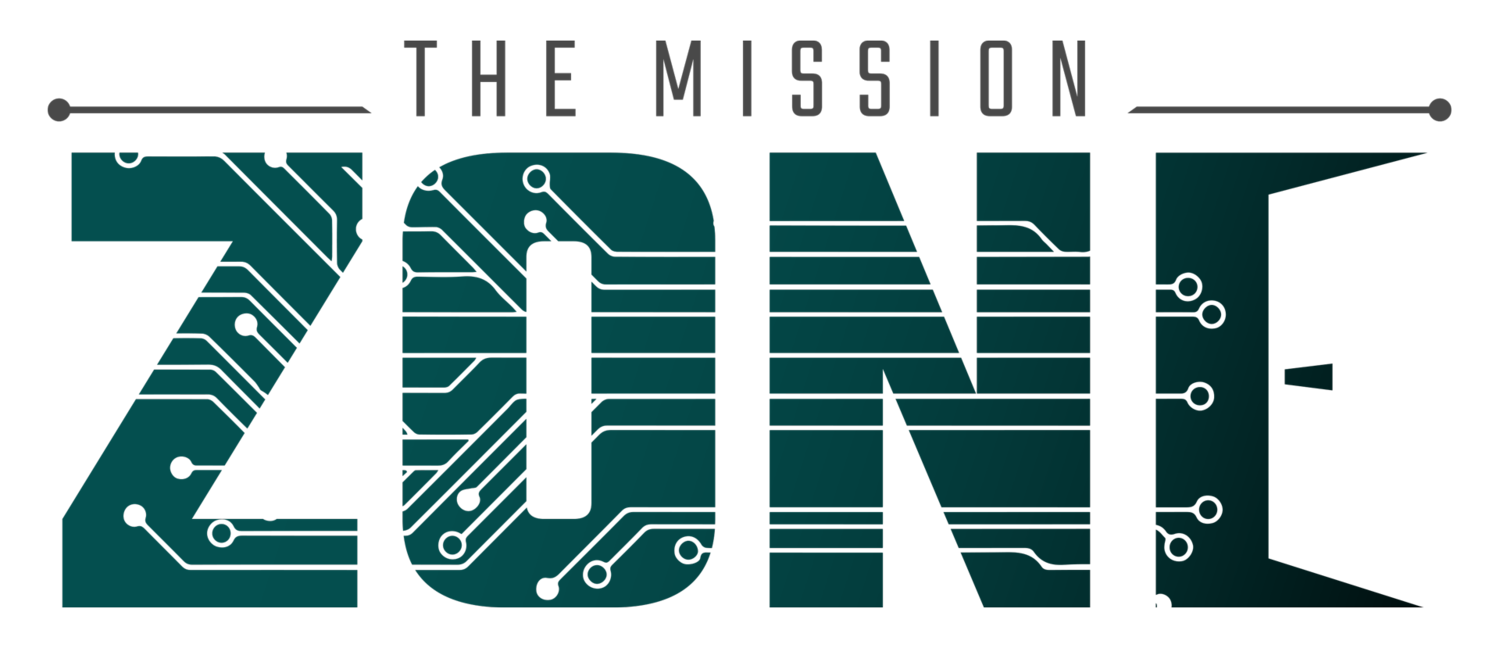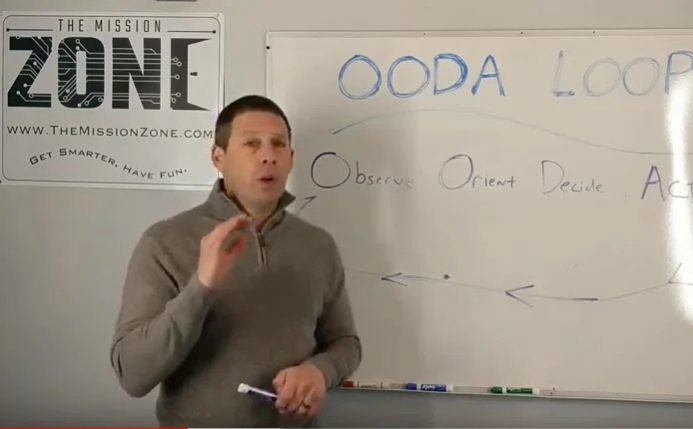“By failing to prepare, you are preparing to fail.” -Benjamin Franklin
There are a lot of ways to make decisions. There are also numerous methodologies to employ critical analysis skills to help make decisions and choices. Regardless of your preference, you should at least have one. Taking the mental steps to walk through a process, no matter how quickly you stop at each step, is a good way to approach choices in life. Remember the words of Neo when reflecting on humanity, “The problem is choice.”
At TheMissionZone we are strong believers in the OODA loop as a discipline for the decision making process. OODA is an acronym for Observe, Orient, Decide, Act. It was first postulated by US Air Force Colonel John Boyd in 1961. Boyd lectured often on the topic. While we find the methodology useful, we acknowledge that sometimes certain aspects might be overkill. Nevertheless, having a methodology and using it, is good practice. Many students have never contemplated that decision making can have structure, since they are often reactionary to life. And even adults sometimes forget that they can be a little more strategic in addressing challenges.
Thus we have architected an experience at TheMissionZone around the OODA loop, though it should seem fairly subtle to a player. The emphasis is on learning, and having fun while doing so. But every interaction follows a process. This process is detailed below.
Observe. Players should take stock in the Mission they have chosen, as well as the requirements and outline for the Mission. This is clearly displayed on the Briefing screen, and in fact all Missions have some sort of plot and guidance for each of the Objectives and Tasks. The Briefing provides a roadmap for what needs to happen to successfully complete the Mission.
Orient. Preparation is the most important part of completing a Mission or any action in life. This is where you learn, gather data, and place yourself in the best position to ensure success. Most often, life gives you clues on what areas need preparation. Teachers, managers, coaches and other resources are there to help guide you in this process. In a Mission, most Objectives and Tasks have links on the Briefing page to content that will help you prepare for that Mission. These could be instructional videos, or websites with documents, or simply images that are relevant. The successful player will use these materials and be prepared.
Decide. All players are required to complete a Mission Execution Form. Each player decides how much detail to include, but the idea is to document the plan and how an individual or team will complete the Mission. For teams, this should be a critical step in the process, but even for an individual, we think it is good to spend a few minutes thinking about what will happen and visualize the approach.
Act. Players gear up and attempt to successfully complete the Mission. This is the most consequential step in the process. And we hope it will be the most fun and exciting. While success is evaluated and scored on performance in how an individual or team Acts, players should remember that many components got them to this phase.
Loop. After any action, we strongly encourage an After Action Review and evaluation against the original plan. There are specific steps on the Mission Execution Form to guide this focus. But most importantly, even in success, there can be lessons learned from any action. These lessons should be employed for future Missions or in the case of a failed mission, trying again.
“There are no losses in life, only lessons”

